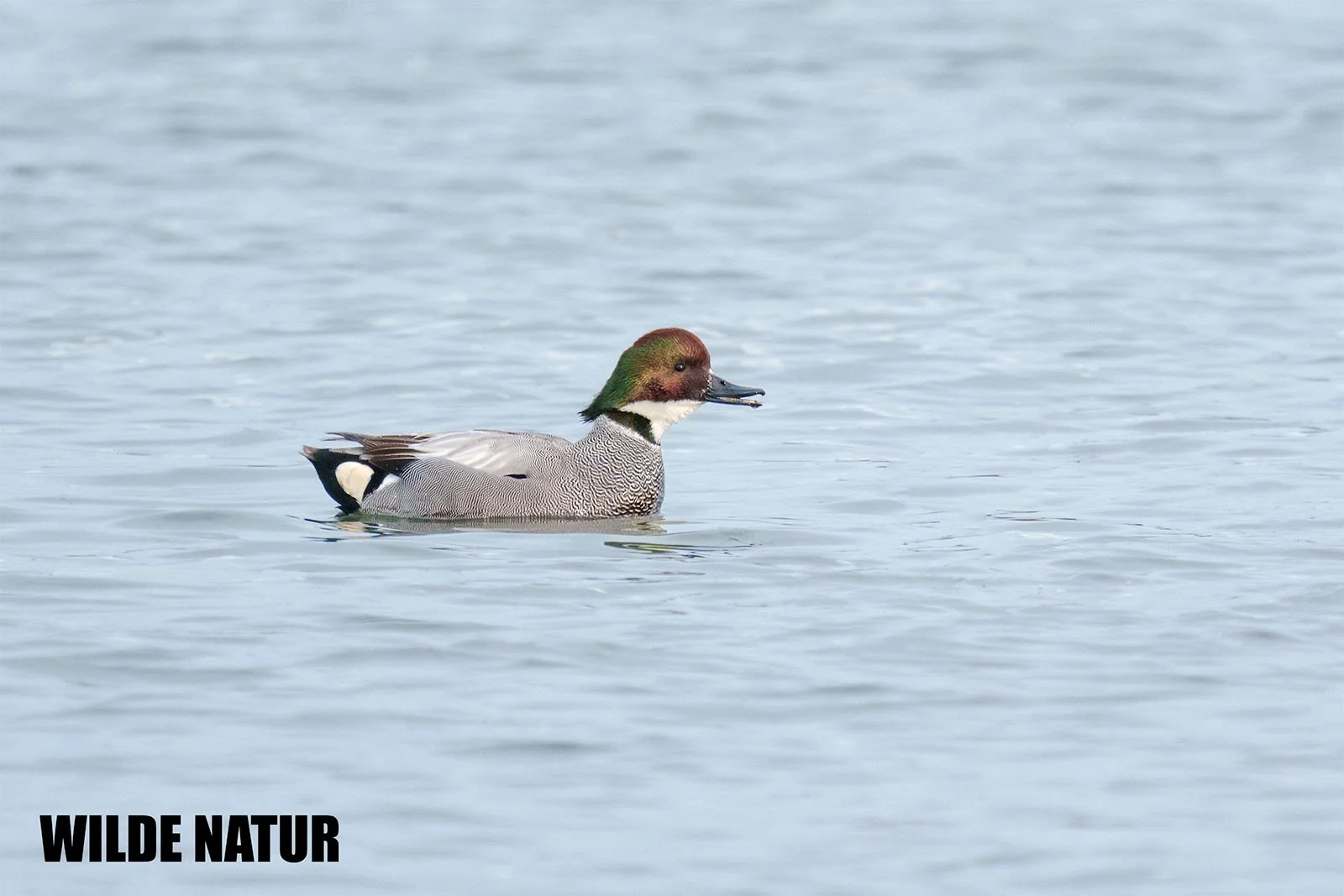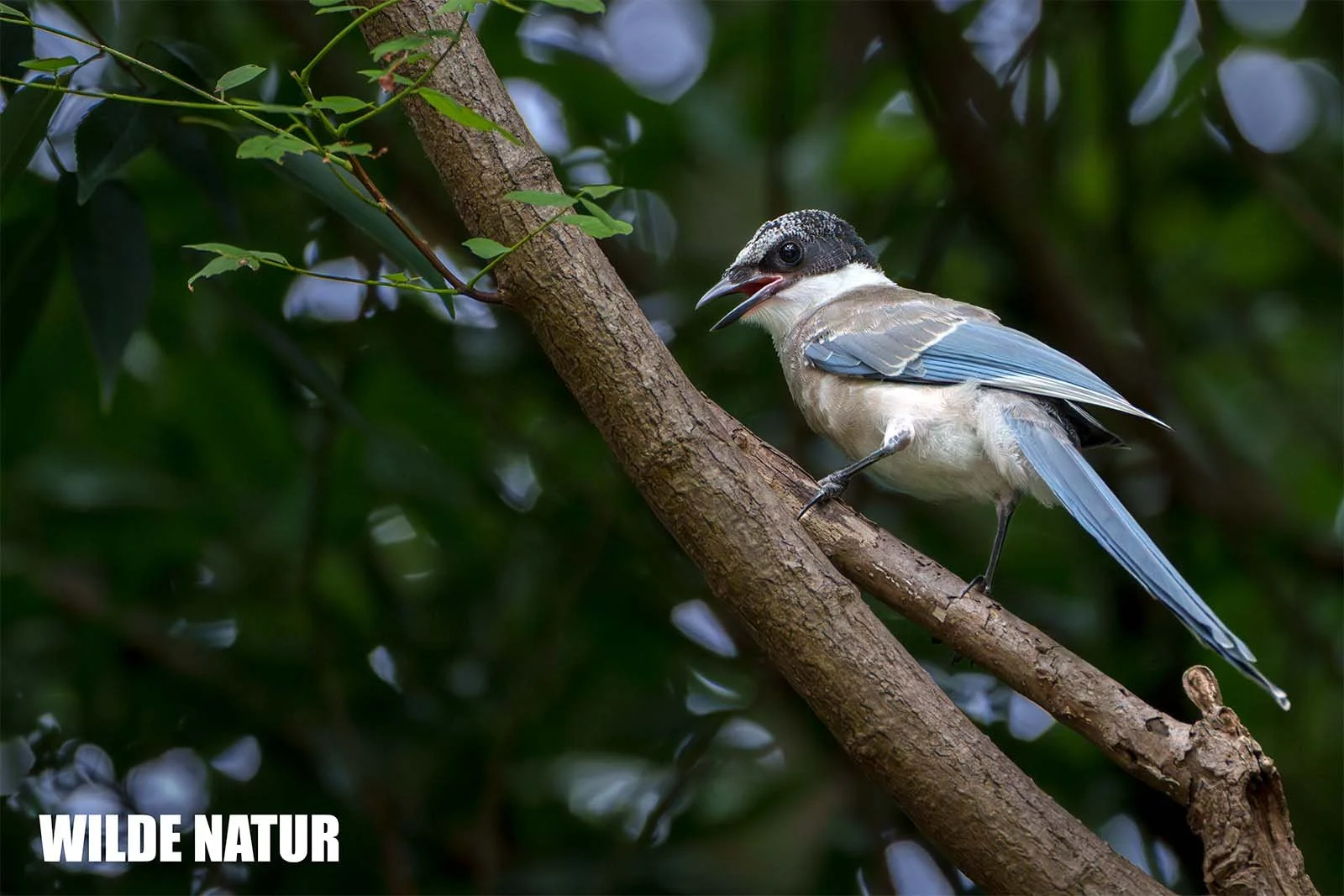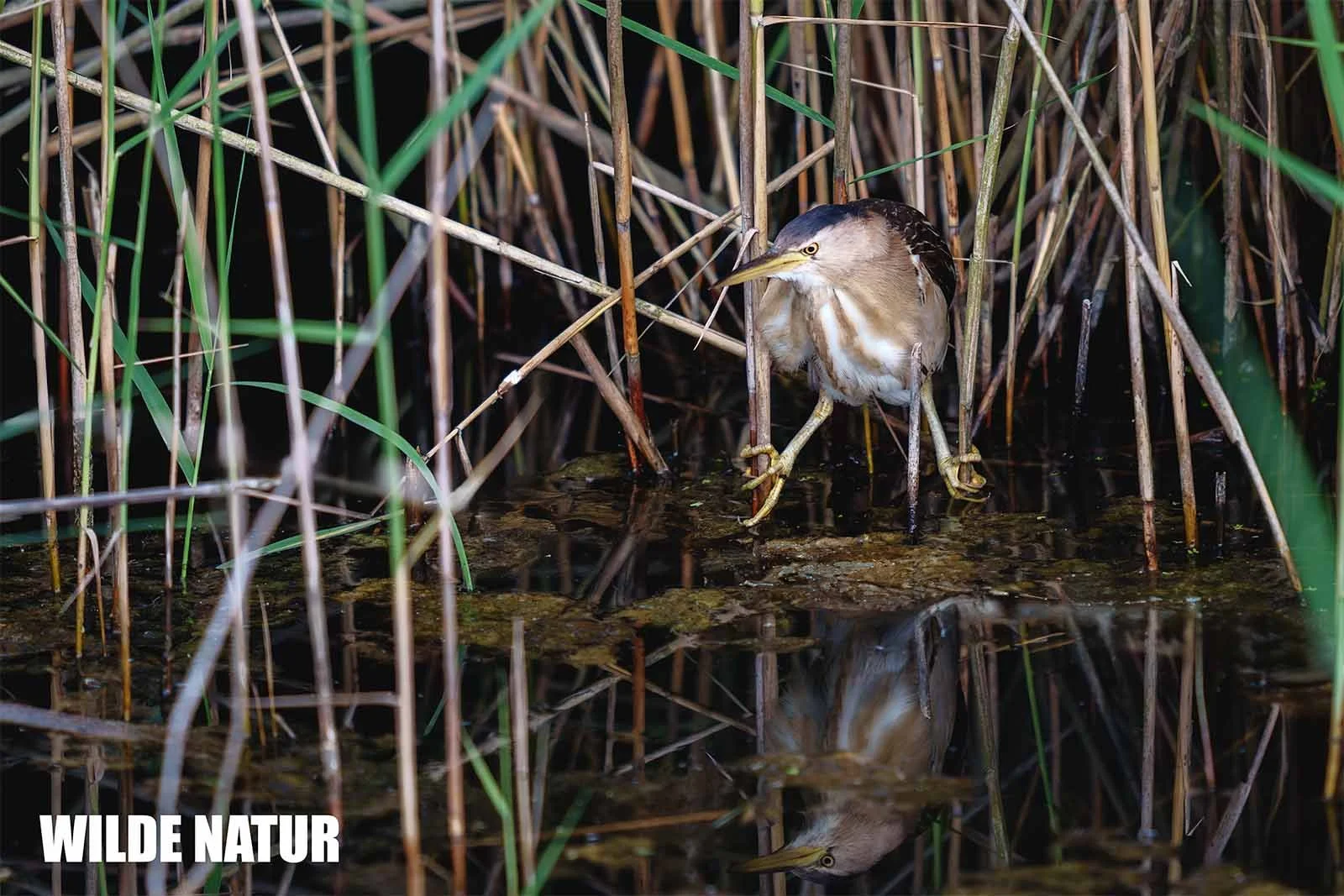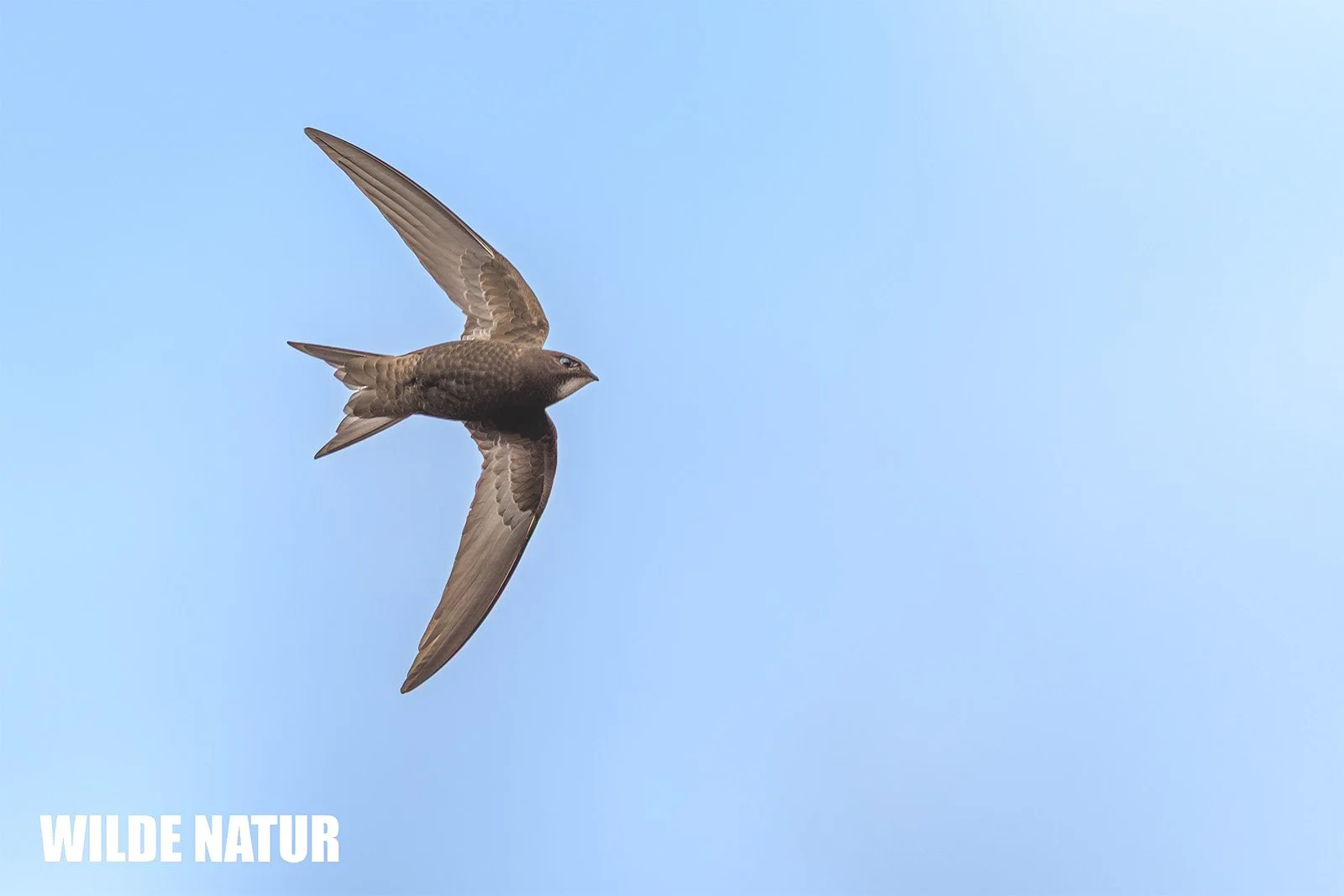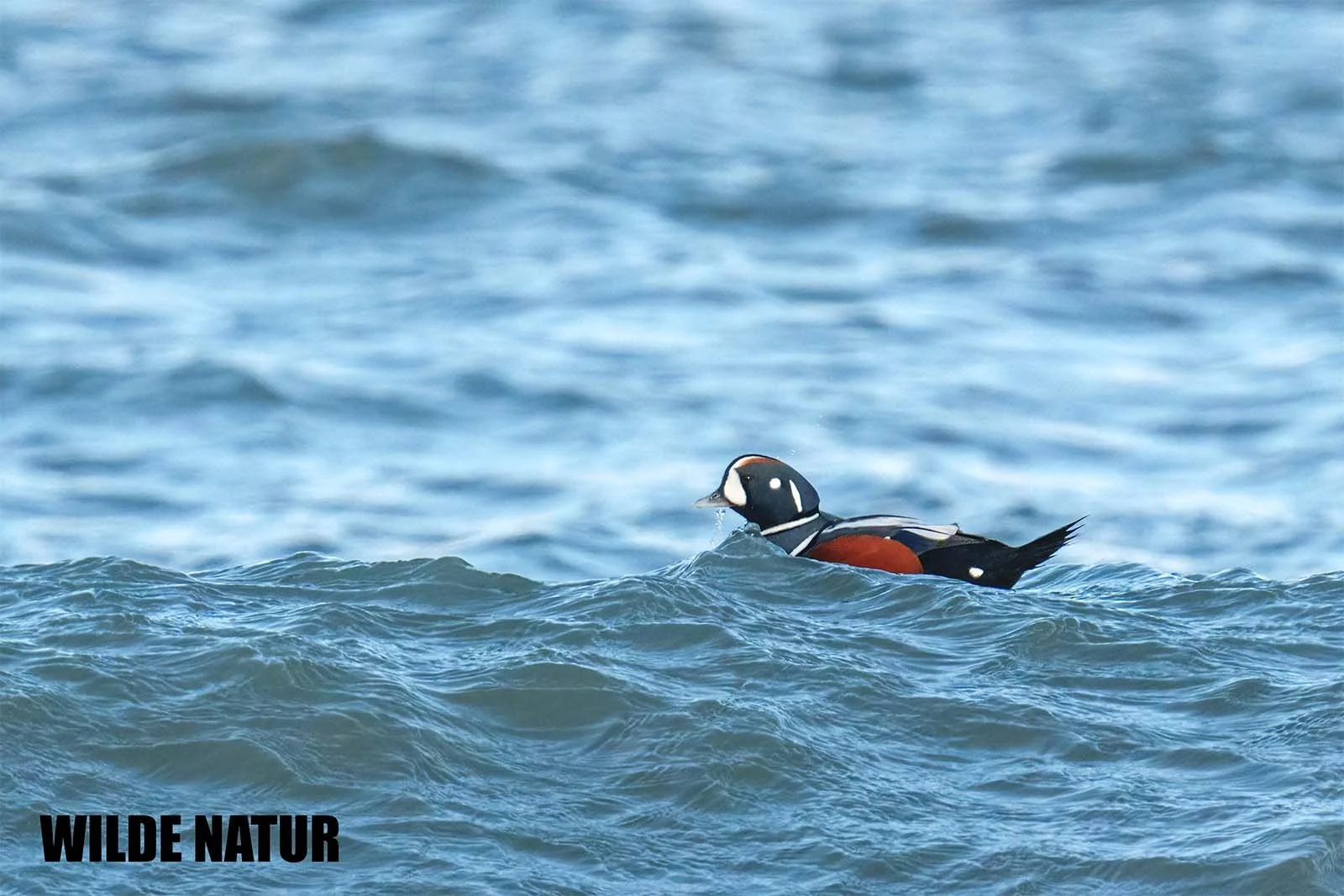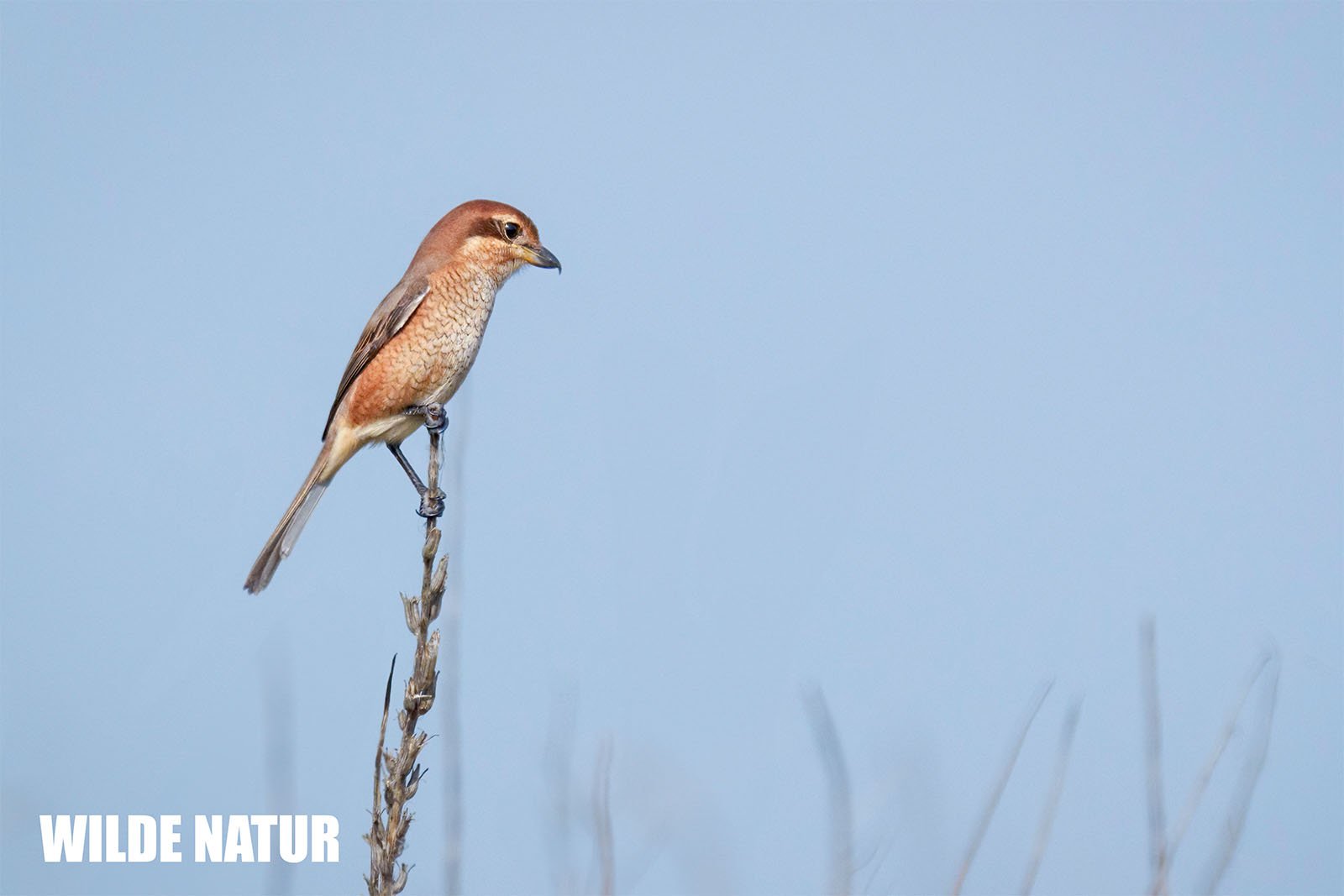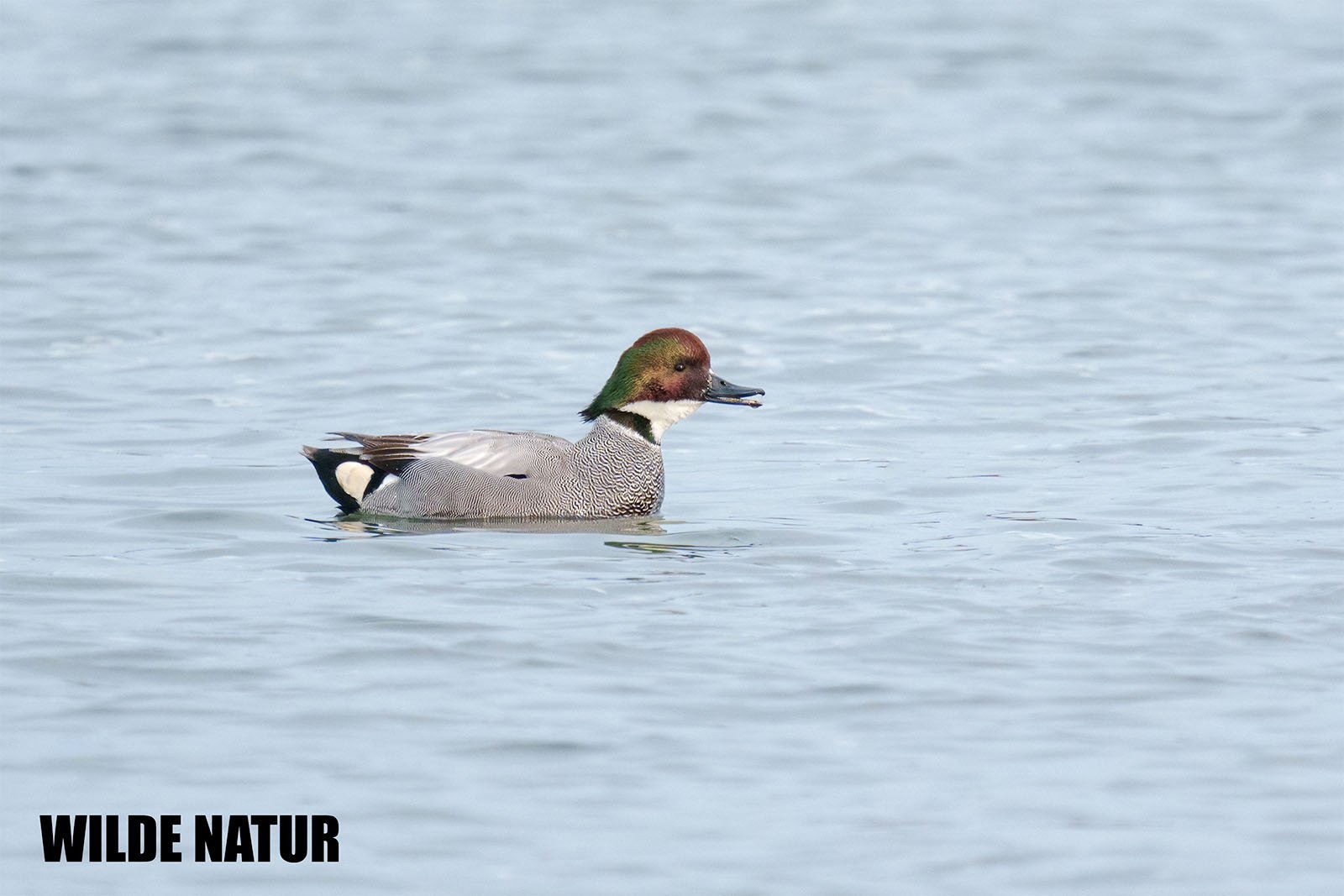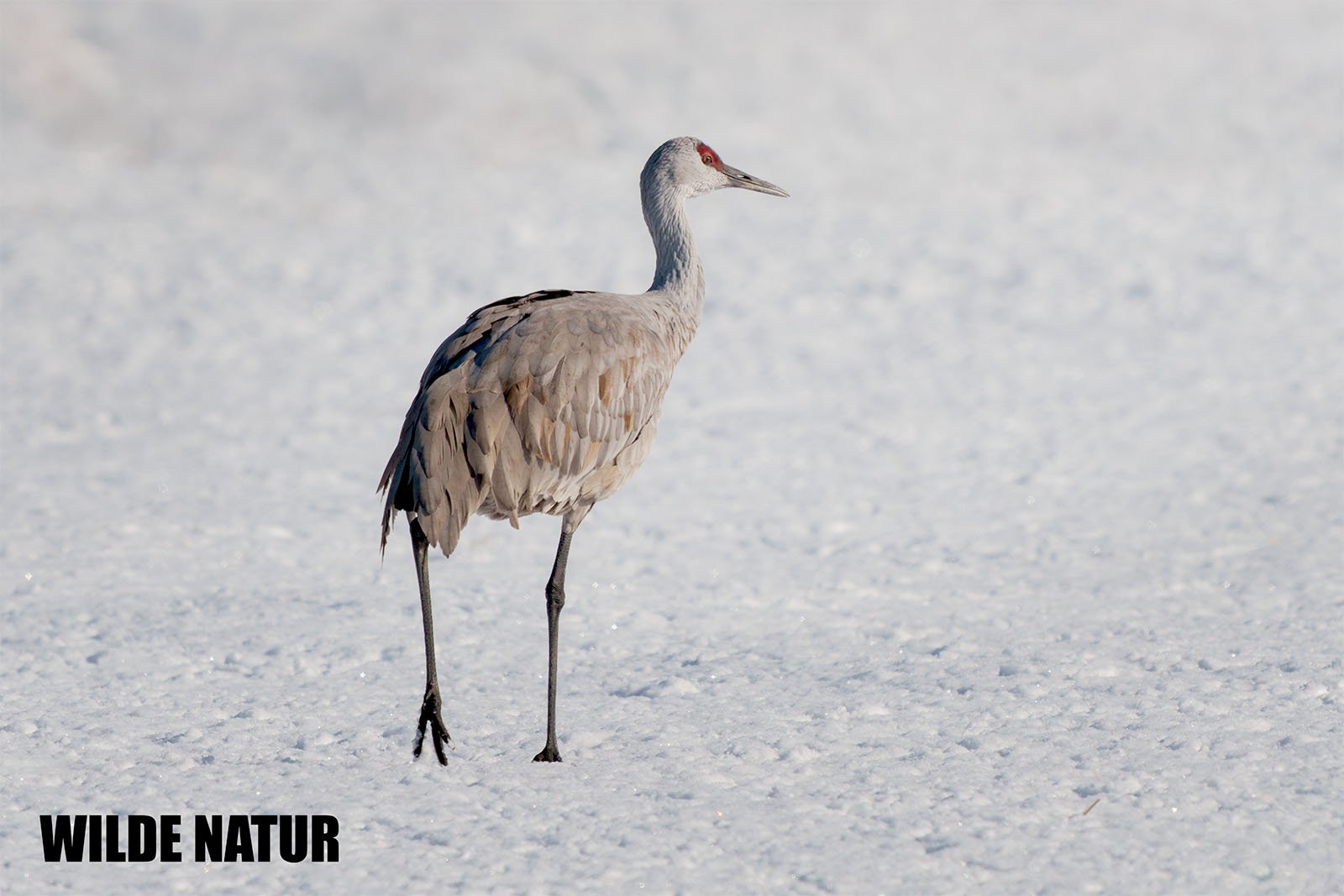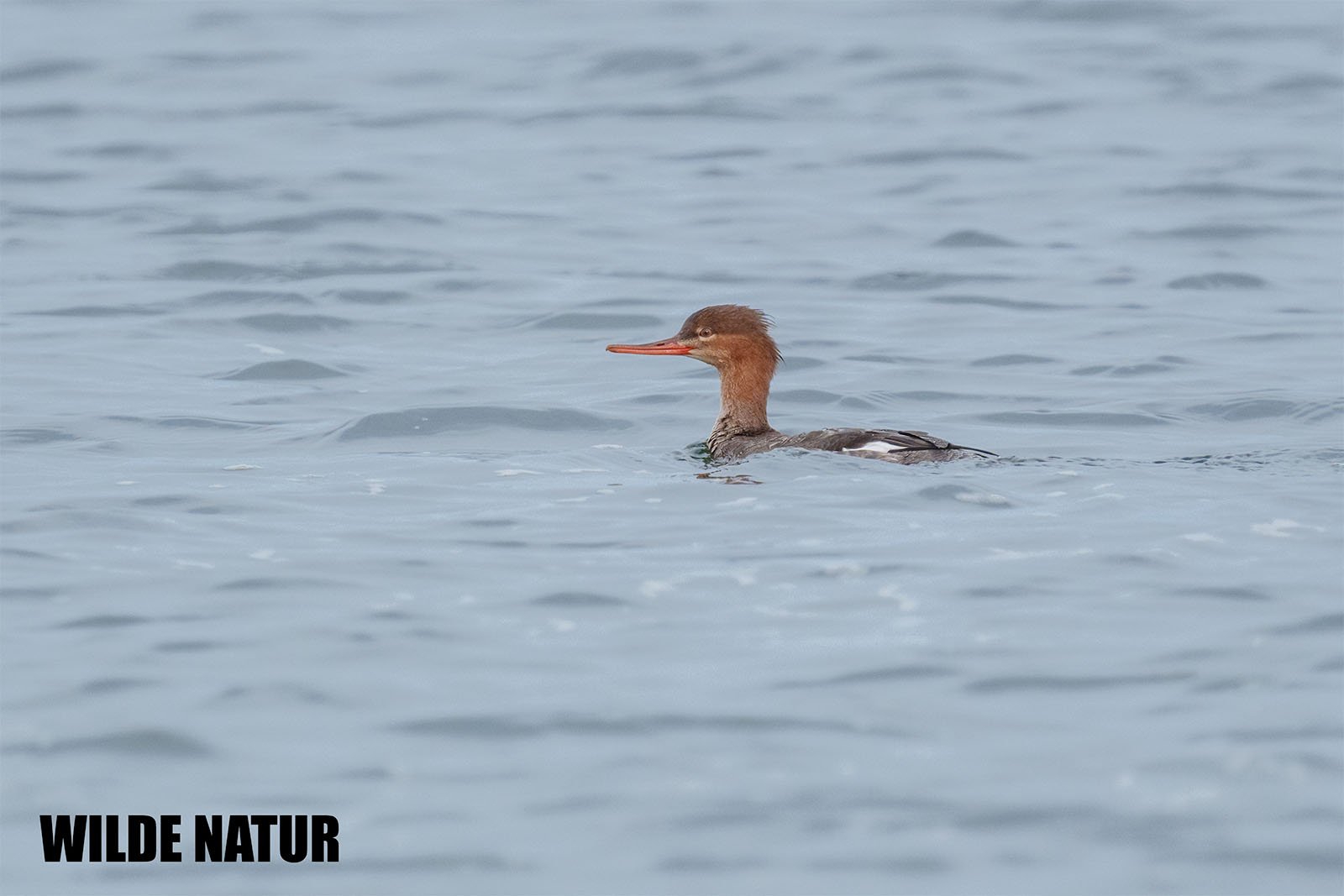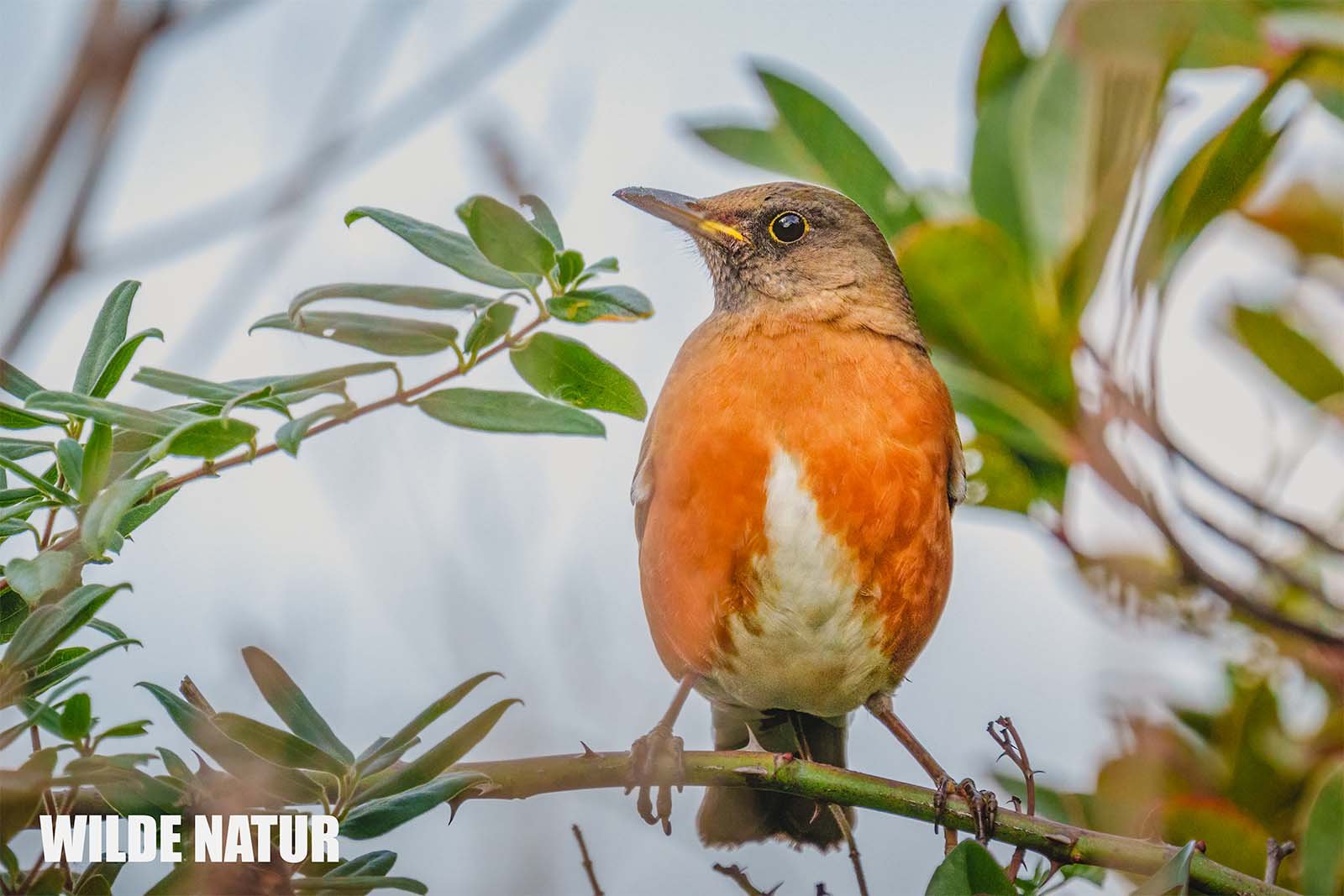Falcated duck (Mareca falcata)
Falcated duck (Mareca falcata) a male, with an iridescent green head swims on calm water in daylight, in Hokkaido / Japan.
Falcated Duck - A Graceful Winter Guest with Silken Feathers
The Falcated Duck (Mareca falcata) is a striking winter visitor to Japan. With its shimmering green head and curved shoulder plumes, it brings elegance and color to quiet winter waters.
Shortlist
Eye-catching dabbling duck with shimmering green plumage
Named for the sickle-shaped shoulder feathers of the male
Prefers quiet, shallow wetlands and flooded fields
Feeds by dabbling on aquatic plants and seeds
Regular winter guest in Japan, globally listed as Near Threatened
Scientific Name: Mareca falcata
Common Name: Falcated Duck
German Name: Sichelente
Size: 48–54 cm
Weight: 700–1,000 g
Male plumage: Iridescent green head, gray body, falcated shoulder plumes
Female plumage: Mottled brown-gray, finely spotted
Bill: Gray, straight
Diet: Aquatic seeds, grasses, rice grains
Breeding: May–July, not in Japan
Clutch: 6–10 eggs
Seasonality: Winter visitor (October–March)
Habitat: Rice fields, shallow wetlands, river mouths
Migration: Long-distance migrant
Conservation Status: Near Threatened (NT); stable in Japan
Table of Contents
- Introduction
- Appearance – A Painting in Motion
- Habitat – Quiet Waters Preferred
- Diet – Subtle Vegetarian Forager
- Breeding – Far from Japan
- Migration – A Sickle on the Move
- Population and Conservation
- Summary Sheet – Quick Facts
- FAQ – Frequently Asked Questions
Introduction
Poetic in name and painterly in appearance, the Falcated Duck is a quiet yet stunning presence in Japan’s winter wetlands. Known for the male’s curved feather plumes and shimmering head, this species is a seasonal treasure for birders and nature lovers alike.
Although not loud or abundant, the Falcated Duck leaves a lasting impression on those who catch a glimpse.
Appearance – A Painting in Motion
The Falcated Duck is medium-sized, sleek in build, and most impressive when the male is in breeding plumage.
Male Features:
- Head and neck: Shimmering metallic green, sometimes with a purplish sheen
- Breast: Pale to whitish
- Back and flanks: Soft gray with fine wave-like patterns
- Shoulder feathers: Long, curved, falling like a silken sickle
- Tail: Black
- Bill and legs: Gray to dark gray
Female Features:
- Mottled brown-gray with fine dark spots
- Well camouflaged, similar to other female ducks
Overall, the species has a graceful and refined appearance, both on the water and in flight.
Habitat – Quiet Waters Preferred
In Japan, the Falcated Duck does not breed, but it is a regular winter visitor, typically found in calm, shallow, and plant-rich waters.
Key Habitats:
- Rice paddies and flooded fields
- Wetlands, ponds, and reservoirs
- River mouths and gently flowing lowland streams
- Most common on Honshu and Kyushu, rarer on Hokkaido and Shikoku
They often travel in small groups, sometimes mixed with other species like Eurasian Wigeons or Mallards.
Diet – Subtle Vegetarian Forager
The Falcated Duck feeds mostly on plants and is a dabbling feeder—submerging its head while skimming through shallow waters.
Diet includes:
- Seeds from aquatic plants
- Tender grasses and young shoots
- Leftover rice grains
- Occasionally small invertebrates, though infrequent
It moves calmly and methodically, picking food from the surface or bottom sediments in wet meadows and fields.
Breeding – Far from Japan
The Falcated Duck breeds in eastern Siberia and northern China, not in Japan.
Breeding Details:
- Breeding season: May to July
- Nest: On the ground, well hidden in thick vegetation
- Clutch size: 6–10 eggs
- Parental care: Only the female incubates
- Chicks: Precocial and leave the nest shortly after hatching
In autumn, they migrate to wintering grounds in East Asia, including Japan.
Migration – A Sickle on the Move
This species is a classic long-distance migrant that reaches Japan in early winter.
Migration Pattern:
- Arrival in Japan: From October onward
- Departure: March to April
- Favored wintering areas: Agricultural wetlands and calm inland waters
While not seen in large flocks, it is regularly encountered by experienced observers.
Population and Conservation
Though regularly present in Japan, the Falcated Duck is listed as Near Threatened on the global IUCN Red List.
Threats include:
- Loss of wetlands due to agriculture or urban expansion
- Disturbance in breeding areas
- Reduced habitat quality in wintering grounds
In Japan:
- Observed reliably, especially in protected wetlands
- Some sites are part of Ramsar-designated areas
Continued monitoring and habitat preservation remain key.
Summary Sheet – Quick Facts
| Feature | Description |
|---|---|
| Scientific Name | Mareca falcata |
| Common Name | Falcated Duck |
| German Name | Sichelente |
| Size | 48–54 cm |
| Weight | 700–1,000 g |
| Male Plumage | Iridescent green head, gray body, falcated plumes |
| Female Plumage | Brown-gray, finely speckled |
| Bill | Gray, straight |
| Diet | Seeds, aquatic plants, rice, grasses |
| Breeding | Not in Japan; 6–10 eggs, ground nest |
| Seasonality | October–March (winter guest) |
| Habitat | Rice fields, ponds, wetlands |
| Migration | Long-distance migrant |
| Conservation Status | Near Threatened (NT); stable in Japan |
FAQ – Frequently Asked Questions
1. Where can I see the Falcated Duck in Japan?
Mostly on Honshu and Kyushu in flooded rice fields, ponds, and calm wetlands during the winter months (October–March).
2. How do I recognize the male?
Look for its iridescent green head, long falcated shoulder plumes, and refined gray pattern—an unmistakable bird.
3. Why is it called “Falcated”?
The name refers to the curved (sickle-shaped) feathers on the male’s back, which arch elegantly over the flanks.
4. Is the species endangered?
Globally, it is listed as Near Threatened, mainly due to habitat loss. In Japan, its population is stable but monitored.
5. Does it breed in Japan?
No. The Falcated Duck breeds in Siberia and northern China. Japan is part of its wintering range only.

